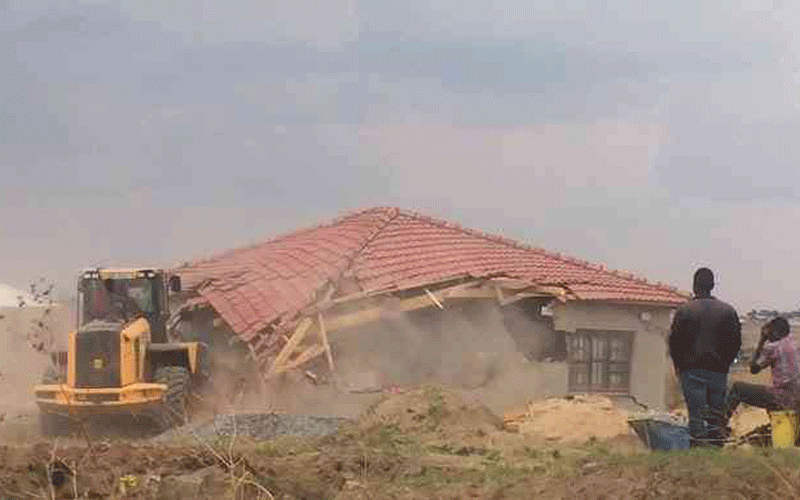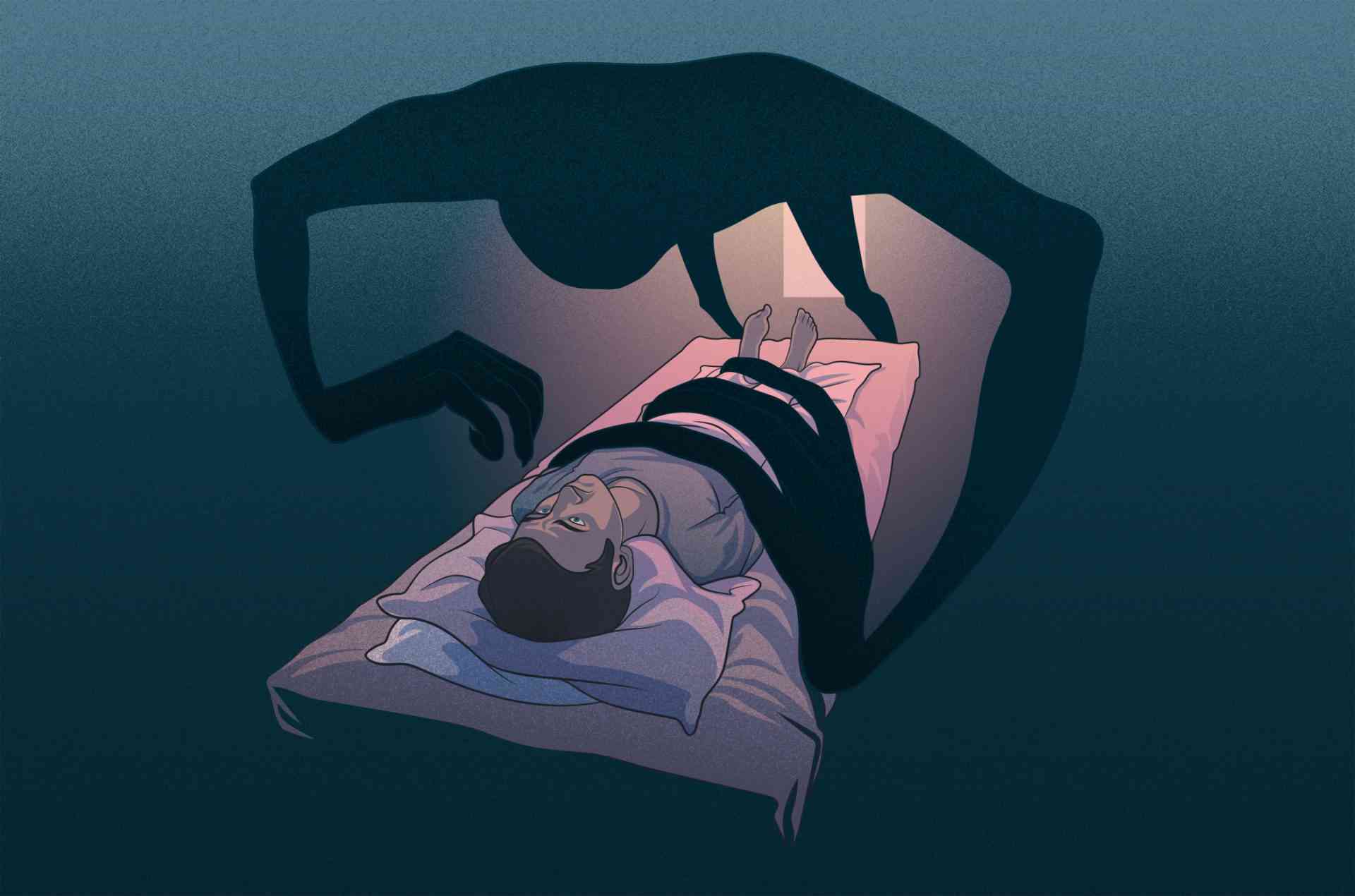
Fifteen-year-old *Tendai Katerere from Pfinyanguwo Village in Rushinga is among expecting mothers at Chimhanda District Hospital maternity waiting rooms. She was married off when she was 14 years old to a man she barely knew.
social commentary with Moses Mugugunyeki

“Life as an underage wife and mother is hard. I don’t know how I am going to handle the pressure when I have a child,” she said.
On January 20 last year, a milestone in the fight against child marriages was made in Zimbabwe when the Constitutional Court outlawed child marriage after two former child brides took the government to court to challenge the practice.
Former child brides Loveness Mudzuru and Ruvimbo Tsopodzi asked the courts to declare child marriage illegal and unconstitutional, saying it was a form of child abuse which locked girls in poverty and suffering.
The court ruled that no one in Zimbabwe was to enter into any marriage, including customary law unions, before the age of 18 and struck down a section of the Marriage Act which allowed girls to marry at 16, and boys at 18.
It was such a milestone in a country where child marriage rates remain stubborn, with nearly a third of girls marrying before they are 18 and 4% before they turn 15.
Human rights activists and director of Real Open Opportunities for Transformation Support (Roots) Beatrice Savadye, whose organisation backed the legal challenge, acknowledged that the practice was still prevalent in the country and called for a holistic approach to deal with the scourge.
- Chamisa under fire over US$120K donation
- Mavhunga puts DeMbare into Chibuku quarterfinals
- Pension funds bet on Cabora Bassa oilfields
- Councils defy govt fire tender directive
Keep Reading
“To end child marriage, there is need for a multi-sectoral response. The landmark January 20 2016 ruling was a step in the right direction, but the law alone is not sufficient to end child marriage,” she said.
“We need to address all known causes of child marriage such as poverty at a macro and household level. With the economic decline, most families are struggling to send their children to school and if we are to end child marriage, we have to make sure that girls are completing at least Ordinary Level. Poverty is one of the key drivers of child marriage.”
Savadye said her organisation was going into communities to raise awareness on the January 20 2016 ruling and working with traditional leadership to end the scourge.
“We are also carrying out livelihood initiatives as a practical way of providing opportunities and alternatives for girls. It is definitely possible to end child marriage if we address its causes,” she said.
“With the guidance of the National Action Plan and Communication Strategy that was developed by the Ministry of Women Affairs, Gender and Community Development as well as resources to ensure implementation, there was guarantee that we can create a child marriage-free nation.”
The statistics and stories of child marriages are a stark indicator of a problem that is sapping the strength of societies where the practice is prevalent, especially in rural areas.
The Standard Style established that child marriages were an antidote to many parental dilemmas.
“I was told by my father that I should go and marry this man because he had financially supported the family over the years,” Katerere said.
Her situation is tragically common.
“One of my friends whom I attended school with up to Grade 6 was also married off when she was 13 years old. There are many child brides here and the practice is prevalent in the district,” she said.
When asked whether she and her parents knew that the practice was illegal, Katerere said she only knew about it after she had been married.
“I only knew about it when I started visiting our local clinic for prenatal care programmes. One of the nurses told me that I was too young to be a mother and urged me to report to the police. I did not do it because I did not want my father to go to jail,” she said.
Child activist Nyari Mashayamombe said most people, especially those in rural areas were not aware of the law.
“There is need to fund programmes to create more awareness in communities to end child marriages and to empower the legal system in order to assist those who are vulnerable,” she said.
Mashayamombe said there was need to make education free for all because most girls who end up marrying earlier would have dropped out of school.
Zimbabwe is adjudged one of the 41 countries in the world with an unacceptable rate of child marriages.
Poverty is the driving force behind child marriages in Zimbabwe. Parents often marry girls off young so they have fewer mouths to feed.
The United Nations General Assembly has since passed a resolution reflecting broad recognition that child marriage holds back girls, their families and the development of nations.
In its message to mark International Women’s Day last Wednesday, the Gays and Lesbians Association of Zimbabwe (Galz) said child marriage was a violation of children’s human rights.
“Early marriage denies girls their right to make vital decisions about their sexual health, sexual identity and well-being,” Galz said in a statement.
“Child marriage hinders girls from enjoying their childhood and attainment of their highest level of education. The less education a girl has, the more she is likely to marry during her childhood.”
Human rights defenders have over the years raised concern over the fact that there has not been much progress and actually a regression in terms of advocating for children’s rights.
*Not her real name.











